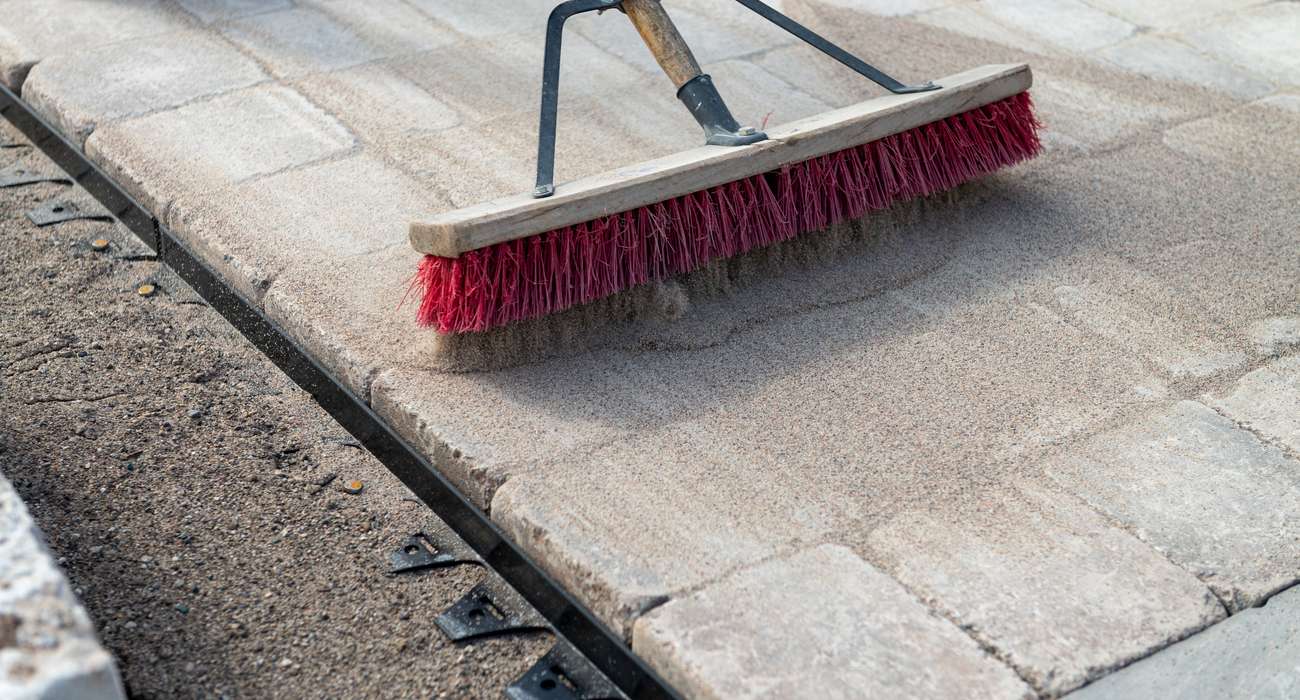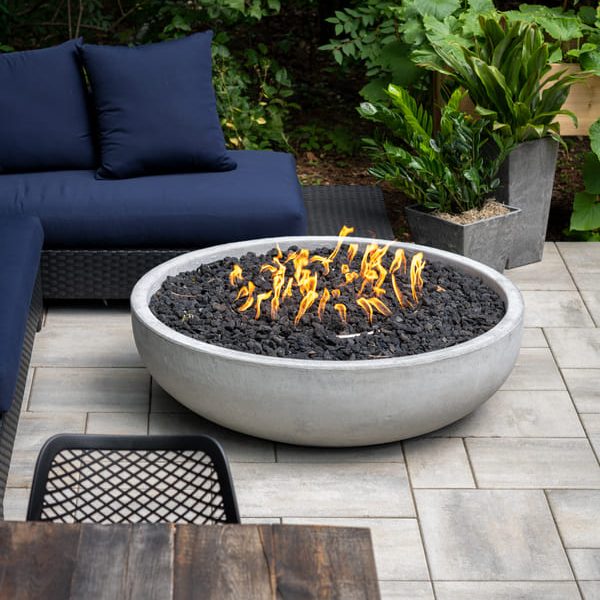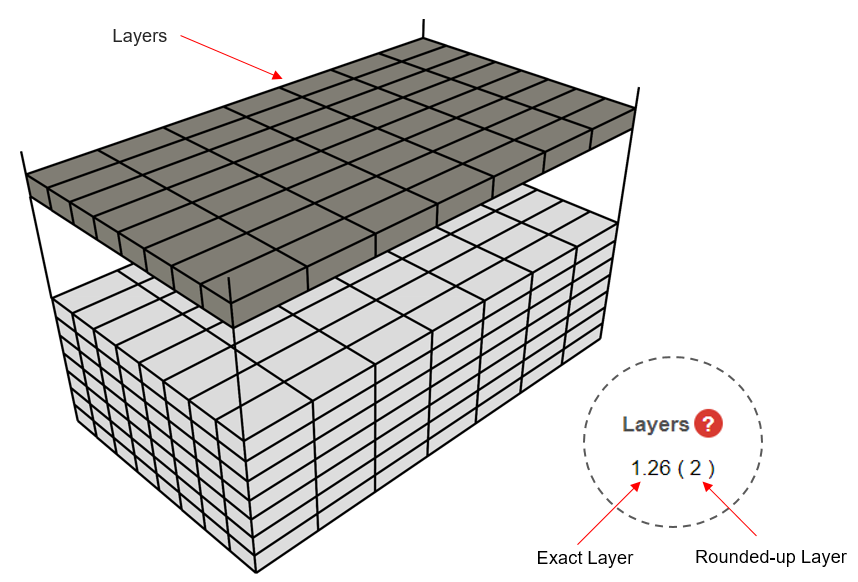Working with a Unilock Authorized Contractor is working with the best of the best. Our UACs possess the knowledge and expertise to bring your dream project to life, and deliver stunning results that will exceed your expectations.
Jointing sand. Small detail.
Big difference.
A great deal of thought goes into choosing just the right paving stones for your patio, driveway or walkway. You want to make sure your stones match the color palette and the character of your home. Then, when you’ve picked your pavers, you have another decision to make – jointing sand.
That’s right. Jointing sand might seem like a small detail, but given that it is used to fill the empty spaces between all the paving stones, it can make a big difference to your overall project.

The “glue” that ties paving projects together
Jointing sand – – is a fine and coarse sand mix that will lock the pavers together by friction. For a more solidified joint, polymeric sand is used which contains the same sand but with binders included into the mix which will react with moisture to form a solid erosion proof joint As the sand particles fuse together, the joints between the patio pavers become impenetrable and the pavers are locked in place.
Polymeric sand is extremely durable and resistant to erosion from rain, snow and foot traffic. It is also a highly effective barrier to weeds and ant infestations. When properly applied, polymeric sand will not crack, crumble or decompose. It does however require top-up every year.
Comes in a rich array of colors
Once considered as a mere “filler”, jointing sand is now available in a wide variety of colors to add aesthetic value to your paving project. That’s why there’s a tool on every Unilock paver web page that lets you play with different shades of jointing sand – so you can envision what the finished product will look like. See for yourself.
Not right for all paving stones
It’s important to note that polymeric jointing sand is not recommended for all paving stones, particularly those that are heavily textured such as Il Campo or Series. The deep grooves can trap the polymer particles. When wet, they will stick to the surface of the stone, creating a hazy appearance which is difficult to remove As an alternative to polymeric sand, using a regular jointing sand in combination with a joint sand stabilizing sealer (a one-step sealer and joint sand stabilizer) is recommended. Please note; we recommend waiting a minimum of 3 months after installation before applying a sealer, to allow the natural efflorescence to dissipate. Before sealing you must clean the surface and wait until it is 100% dry. To help you choose the right type of filler for your paving stones, be sure to read the information page that comes with every Unilock product.
It’s a good idea to check with your contractor or dealer for guidance on the appropriate jointing sand for your project. Testing a small area first is always a good idea as well. You may even want to have a professional apply it as it can be a little tricky. If you need advice or assistance, talk to a Unilock contractor today.
Related
Articles

We’re Here
To Help

Browse our Design Idea Catalog
Explore endless design possibilities through our Design Idea Catalog. Browse our extensive portfolio of paver and wall products, and get inspired by our outstanding design projects that will fuel your creative expression.

Visit an Outdoor Idea Center
Experience the beauty and quality of Unilock paver and wall products in a life-sized setting by visiting a local Outdoor Idea Center. Our knowledgeable and friendly staff are on hand to answer any questions and offer free product samples.





